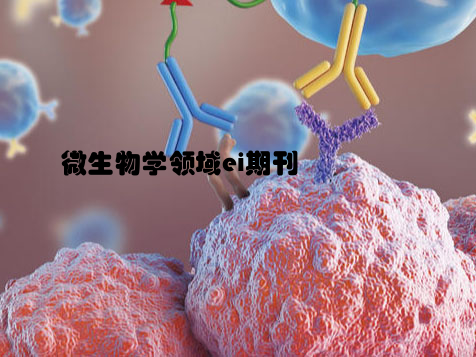Frontiers in Microbiology: Understanding the Role of Bacterial Biofilms
Bacterial biofilms are complex microbial communities that play a significant role in various environmental, industrial, and medical settings. Understanding the mechanisms and functions of biofilms is crucial for addressing issues related to antibiotic resistance, bioremediation, and chronic infections. This article aims to delve into the intricate world of bacterial biofilms and explore the latest research and developments in this field.

The Formation and Structure of Bacterial Biofilms
Bacterial biofilms are formed when individual microbial cells adhere to a surface and produce a self-produced matrix of extracellular polymeric substances (EPS). This matrix provides structural support for the biofilm and protects the bacterial cells within it. The formation of biofilms involves a series of complex processes, including initial attachment, microcolony formation, and biofilm maturation. Understanding the genetic, molecular, and environmental factors that influence biofilm formation and structure is essential for devising strategies to control biofilm-related issues.
Implications of Bacterial Biofilms in Infection and Disease
Bacterial biofilms are commonly associated with chronic infections, such as those found in chronic wound infections, cystic fibrosis, and medical device-related infections. The ability of biofilms to shield bacterial cells from the host immune system and antimicrobial treatments has significant clinical implications. Research focused on elucidating the role of biofilms in disease pathogenesis and progression is crucial for the development of effective therapeutic interventions.
Antimicrobial Resistance and Biofilm-Associated Challenges
Bacterial biofilms are notorious for their elevated resistance to antimicrobial agents, making infections associated with biofilms challenging to treat. The mechanisms underlying biofilm-associated antimicrobial resistance are multifaceted and include reduced drug penetration, altered microbial physiology, and the presence of persister cells. Addressing the issue of antimicrobial resistance in biofilms requires a comprehensive understanding of the factors contributing to this resistance and the development of novel treatment strategies targeting biofilm-specific vulnerabilities.
Biotechnological Applications of Bacterial Biofilms
Bacterial biofilms have diverse biotechnological applications, including their use in wastewater treatment, bioremediation, and bioelectrochemical systems. Harnessing the metabolic activities and robustness of biofilms can lead to the development of sustainable and efficient bioprocesses for environmental and industrial applications. Exploring the potential of bacterial biofilms in biotechnological settings opens up new avenues for utilizing these microbial communities for beneficial purposes.
Conclusion
Understanding the intricate world of bacterial biofilms is essential for addressing the challenges and harnessing the potential of these microbial communities. Continued research efforts aimed at unraveling the complexities of biofilm formation, function, and interactions will pave the way for novel therapeutic and biotechnological advancements. Frontiers in Microbiology continues to be at the forefront of publishing cutting-edge research in this field, driving the progress toward a comprehensive understanding of bacterial biofilms and their diverse implications.



